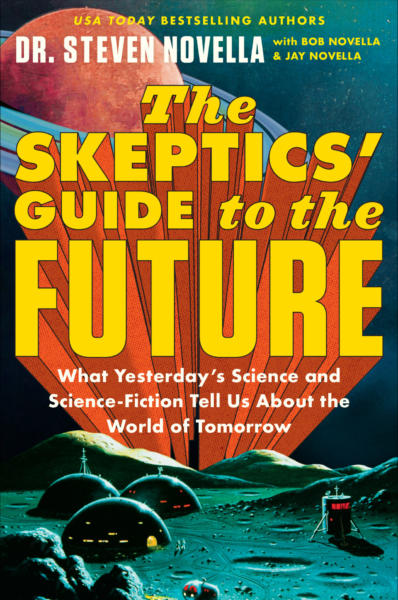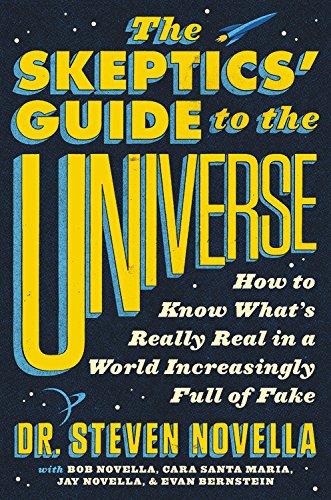Mar 31 2025
The Politicians We Deserve
 This is an interesting concept, with an interesting history, and I have heard it quoted many times recently – “we get the politicians (or government) we deserve.” It is often invoked to imply that voters are responsible for the malfeasance or general failings of their elected officials. First let’s explore if this is true or not, and then what we can do to get better representatives.
This is an interesting concept, with an interesting history, and I have heard it quoted many times recently – “we get the politicians (or government) we deserve.” It is often invoked to imply that voters are responsible for the malfeasance or general failings of their elected officials. First let’s explore if this is true or not, and then what we can do to get better representatives.
The quote itself originated with Joseph de Maistre who said, “Every nation gets the government it deserves.” (Toute nation a le gouvernement qu’elle mérite.) Maistre was a counter-revolutionary. He believed in divine monarchy as the best way to instill order, and felt that philosophy, reason, and the enlightenment were counterproductive. Not a great source, in my opinion. But apparently Thomas Jefferson also made a similar statement, “The government you elect is the government you deserve.”
Pithy phrases may capture some essential truth, but reality is often more complicated. I think the sentiment is partly true, but also can be misused. What is true is that in a democracy each citizen has a civic responsibility to cast informed votes. No one is responsible for our vote other than ourselves, and if we vote for bad people (however you wish to define that) then we have some level of responsibility for having bad government. In the US we still have fair elections. The evidence pretty overwhelmingly shows that there is no significant voter fraud or systematic fraud stealing elections.
This does not mean, however, that there aren’t systemic effects that influence voter behavior or limit our representation. This is a huge topic, but just to list a few examples – gerrymandering is a way for political parties to choose their voters, rather than voters choosing their representatives, the electoral college means that for president some votes have more power than others, and primary elections tend to produce more radical options. Further, the power of voters depends on getting accurate information, which means that mass media has a lot of power. Lying and distorting information deprives voters of their ability to use their vote to get what they want and hold government accountable.

 The fashion retailer, H&M, has announced that they will
The fashion retailer, H&M, has announced that they will  From the Topic Suggestions (Lal Mclennan):
From the Topic Suggestions (Lal Mclennan):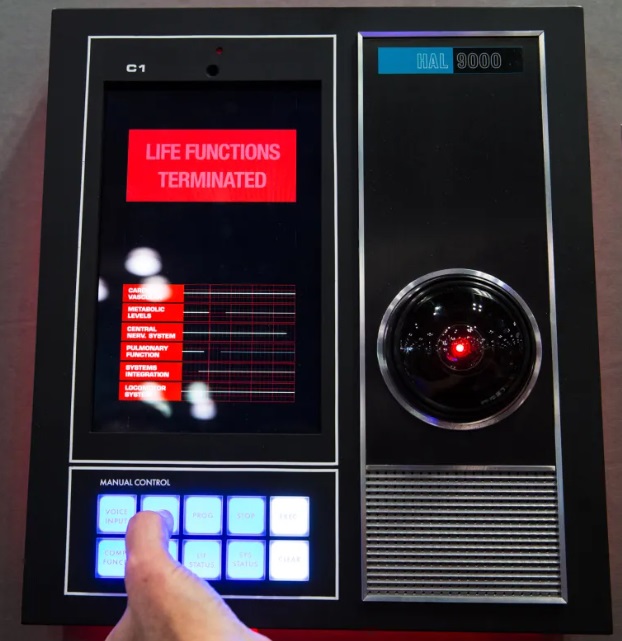 We had a fascinating discussion on
We had a fascinating discussion on 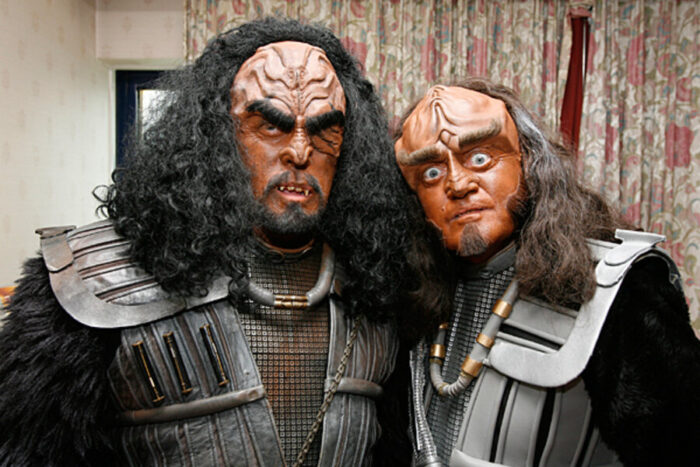 Language is an interesting neurological function to study. No animal other than humans has such a highly developed dedicated language processing area, or languages as complex and nuanced as humans. Although,
Language is an interesting neurological function to study. No animal other than humans has such a highly developed dedicated language processing area, or languages as complex and nuanced as humans. Although,  For much of human history, wolves and other large carnivores were considered pests. Wolves were
For much of human history, wolves and other large carnivores were considered pests. Wolves were 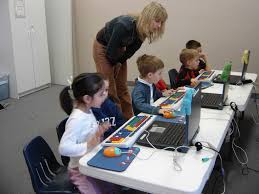 A
A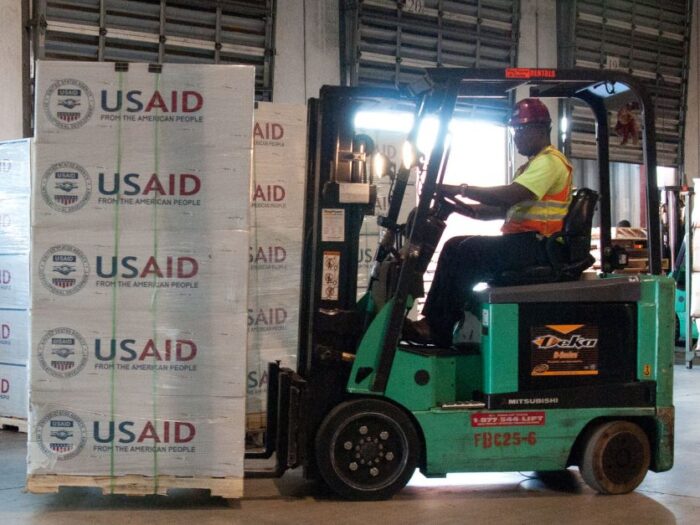 One potentially positive outcome from the COVID pandemic is that it was a wakeup call – if there was any doubt previously about the fact that we all live in one giant interconnected world, it should not have survived the recent pandemic. This is particularly true when it comes to infectious disease. A bug that breaks out on the other side of the world can make its way to your country, your home, and cause havoc. It’s also not just about the spread of infectious organisms, but the breeding of these organisms.
One potentially positive outcome from the COVID pandemic is that it was a wakeup call – if there was any doubt previously about the fact that we all live in one giant interconnected world, it should not have survived the recent pandemic. This is particularly true when it comes to infectious disease. A bug that breaks out on the other side of the world can make its way to your country, your home, and cause havoc. It’s also not just about the spread of infectious organisms, but the breeding of these organisms.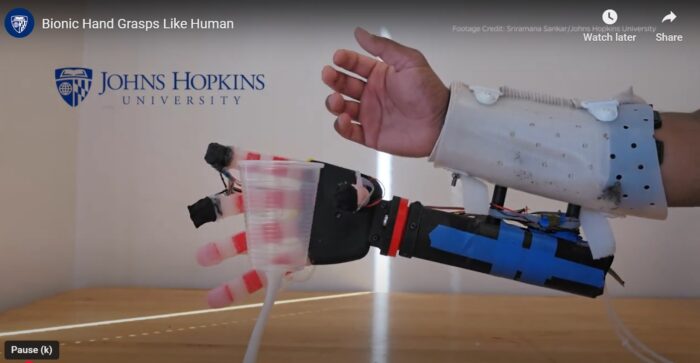 If you think about the human hand as a work of engineering, it is absolutely incredible. The level of fine motor control is extreme. It is responsive and precise. It has robust sensory feedback. It combines both rigid and soft components, so that it is able to grip and lift heavy objects and also cradle and manipulate soft or delicate objects. Trying to replicate this functionality with modern robotics have been challenging, to say the least. But engineers are making steady incremental progress.
If you think about the human hand as a work of engineering, it is absolutely incredible. The level of fine motor control is extreme. It is responsive and precise. It has robust sensory feedback. It combines both rigid and soft components, so that it is able to grip and lift heavy objects and also cradle and manipulate soft or delicate objects. Trying to replicate this functionality with modern robotics have been challenging, to say the least. But engineers are making steady incremental progress.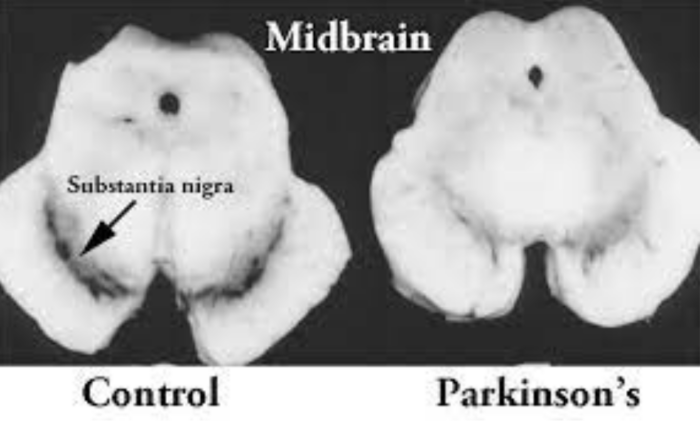 For my entire career as a neurologist, spanning three decades, I have been hearing about various kinds of stem cell therapy for Parkinson’s Disease (PD). Now a
For my entire career as a neurologist, spanning three decades, I have been hearing about various kinds of stem cell therapy for Parkinson’s Disease (PD). Now a 



